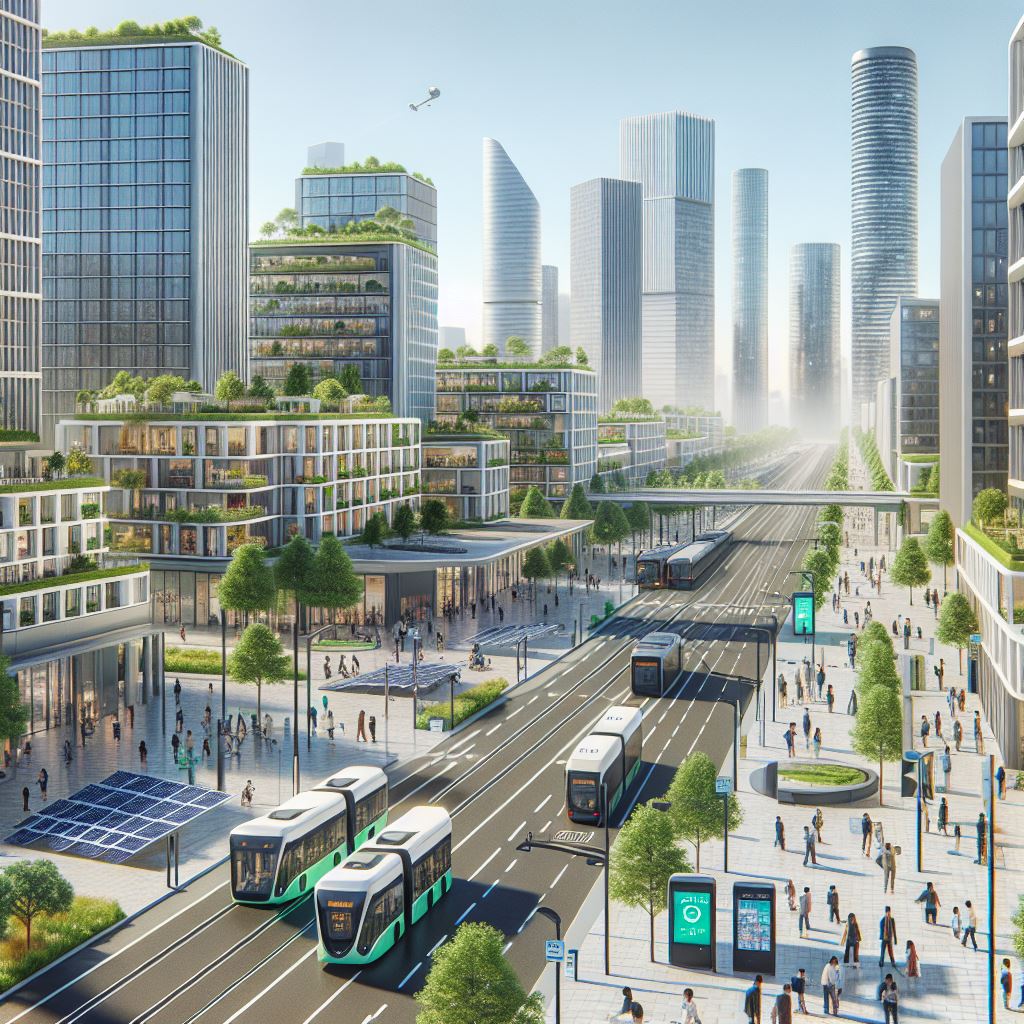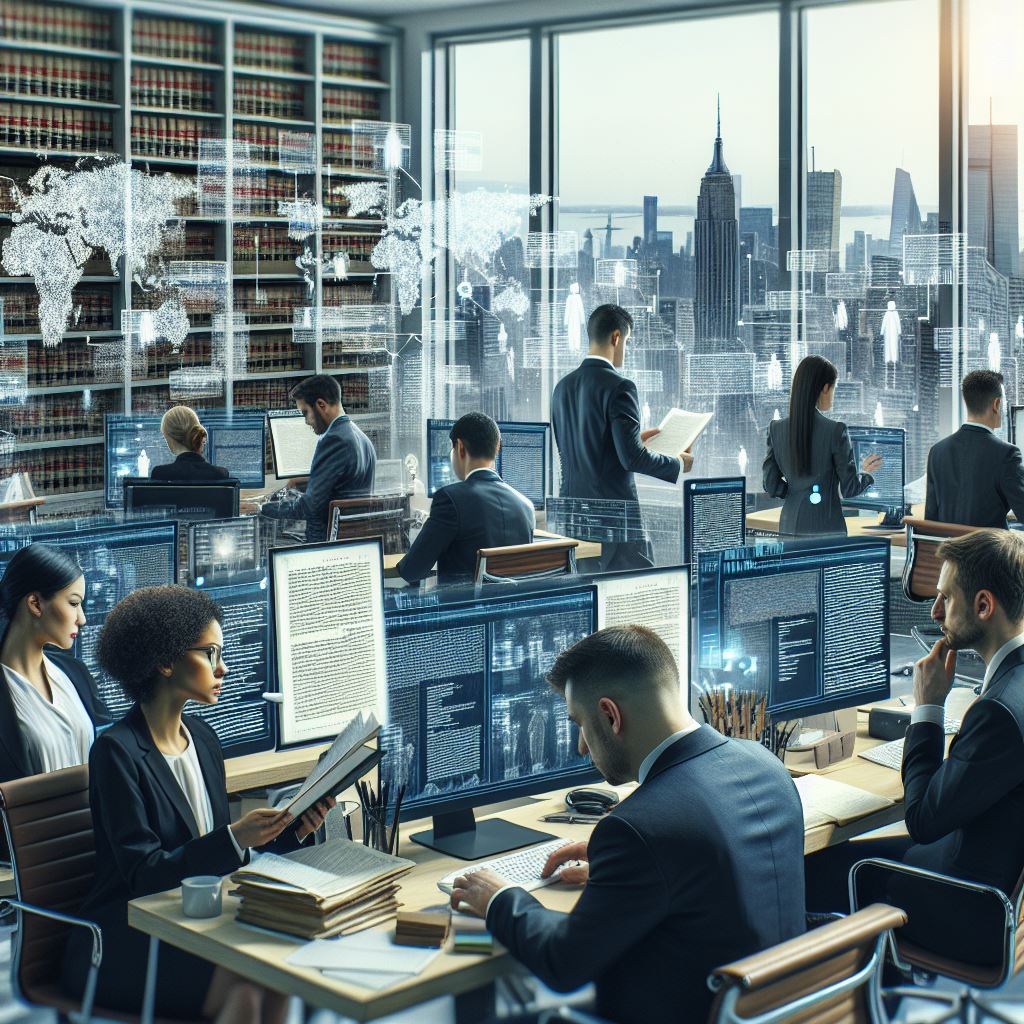The integration of artificial intelligence with robotics is creating a new generation of machines capable of unprecedented levels of autonomy and adaptability. From manufacturing floors to healthcare settings, AI-powered robots are revolutionizing how we approach physical automation.
Core Technologies
Modern robotic AI systems rely on several key technologies:
- Computer Vision
- Natural Language Processing
- Reinforcement Learning
- Motion Planning
- Sensor Fusion
Applications Across Industries
AI-powered robots are making impacts in various sectors:
- Manufacturing (Smart Factories)
- Healthcare (Surgical Robots)
- Agriculture (Autonomous Farming)
- Logistics (Warehouse Automation)
- Space Exploration
- Domestic Services
Technical Challenges
The field faces several ongoing challenges:
- Real-time Decision Making
- Environmental Adaptation
- Human-Robot Interaction
- Safety and Reliability
- Cost-effectiveness
Recent Innovations
Several breakthrough technologies are advancing the field:
- Soft Robotics
- Collaborative Robots (Cobots)
- Swarm Robotics
- Learning from Demonstration
- Advanced Tactile Sensing
Safety and Integration
Key considerations for deployment include:
- Risk Assessment
- Human-Robot Collaboration
- Environmental Awareness
- Fail-safe Mechanisms
- Ethical Guidelines
Future Prospects
The future of AI robotics promises:
- More autonomous systems
- Better human-robot interaction
- Increased adaptability
- Enhanced learning capabilities
- Wider accessibility
As AI and robotics continue to evolve together, we can expect to see increasingly sophisticated systems that can handle more complex tasks while working safely alongside humans.




